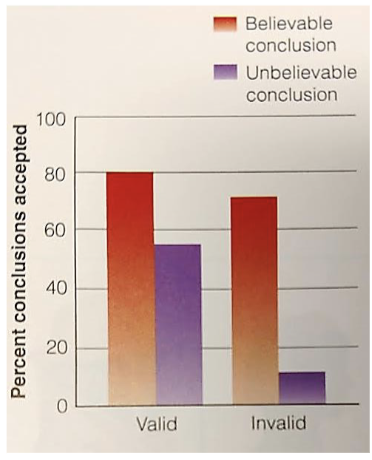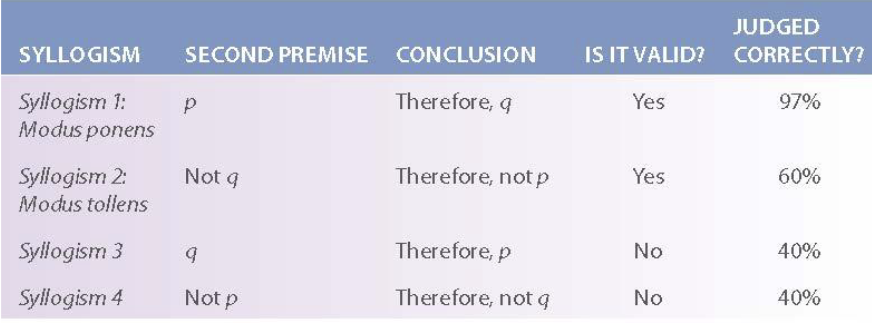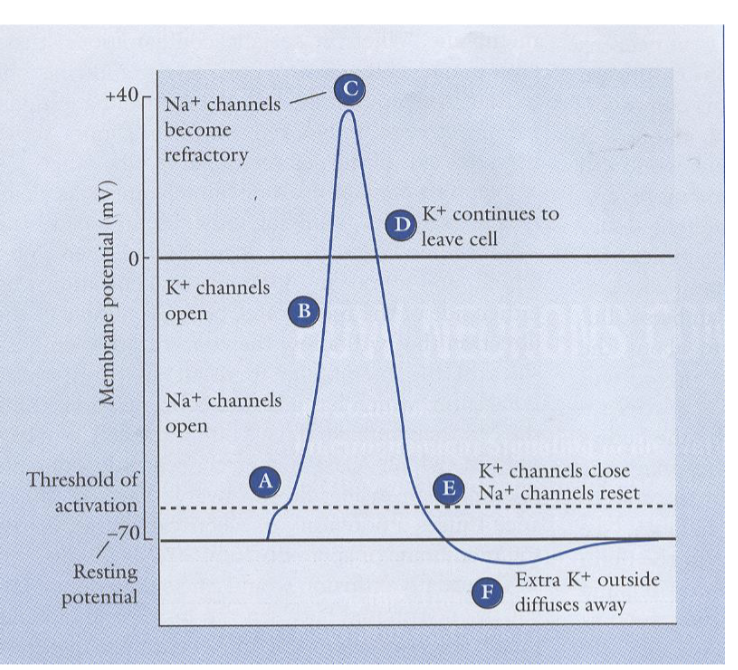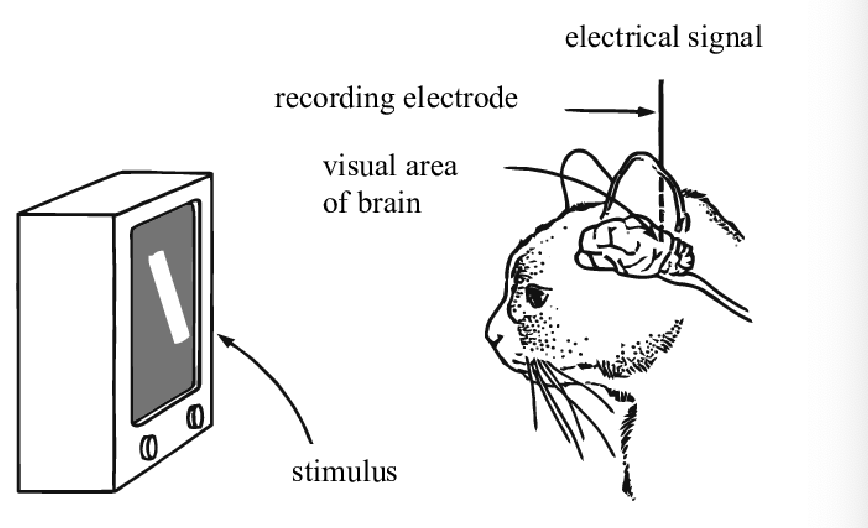Psyc 230 Final Exam
1/45
There's no tags or description
Looks like no tags are added yet.
Name | Mastery | Learn | Test | Matching | Spaced |
|---|
No study sessions yet.
46 Terms
Deductive Reasoning
Determining whether a conclusion logically follows from premises
Syllogism
Whether or not a conclusion from two premises is valid or not
Syllogism broken down (2 parts)
Two statements called premises
Third statement called conclusion
Categorical Syllogism
Describes the relation between two categories using all, no, or some
Examples:

Validity vs Truth (Don’t confuse)
Syllogism is valid if conclusion follows logically from its two premises
If two premises of a valid syllogism are true, then the syllogism’s conclusion must be true

Valid but not true ^^^^^^
Belief bias (Judging Validity)
The tendency to think that a syllogism is valid if its conclusions are believable

Believable conclusions that are invalid are more acceptable than unbelievable conclusions that are valid.
Conditional syllogisms
“if p, then q”
If it rains, then my run will be on the treadmill
It rains, therefore my run is on the treadmill
The way it’s worded makes it easier

Watson Selection Task
Version 1:
You are given cards with a letter on one side and a number on the other. The statement is : “If a card has a vowel on one side, it has an even number on the other”

You only need to flip: The E card (to see if there’s an even number) and the 5 card(to see if there’s a consonant)
Version 2: You’re a cop, and there are cards with drinks and ages. The rule is: “you can drink beer only if you’re 21 or older”.

You only need to flip: The Beer card(to see if they’re over 21) and the 17 card (to see if they are drinking underage)
Conclusion: We are better at completing the task when framed as a deontic conditional (that has to do with permissions/entitlements, etc.)
Expected Utility Theory
People choose the option that gives them the highest expected utility, measure of value they expect from each possible outcome
People are basically rational
EX:
Bet 1: 50% chance to win $100 (utility = 100) and 50% chance to lose $50 (utility = -50)
Bet 2: 100% chance to win $30 (utility = 30).
Expected utility for Bet 1: 0.5 X 100 + 0.5 X -50 = 25 expected utility
Expected utility for Bet 2: 1 X 30 = 30 expected utility
EUT would say that we would choose bet 2
Deal or no Deal Hypothesis
If things are going well, we expect people to accept a deal
If things are not going well, we expect people not to accept a deal
Status Quo Bias (Decision Making)
Tendency to prefer things to stay the same and not change
Framing Effect (Decision Making)
Risk-Aversion strategy used when problem is stated in terms of gains
Risk-taking strategy when problem is stated in terms of losses
People’s choices are influenced by how info is presented
Example:
Positive Framing: “90% of people survive during this surgery”
Negative Framing: “10% of people die during this surgery”
Expected vs actual emotions coinflip test (loss aversion)
A coinflip has two possible outcomes (winning $5 or losing $3)
Before the flip: People expect that winning $5 will make them happier than losing $3 will make them sadder. They anticipate a positive overall outcome
After the flip: The actual results show people feel a stronger negative emotion from losing $3 than the positive emotion they feel from winning $5
Emotion affect on decision making study (Computers vs Humans)
People reject low offers because they are angry about unfairness, more so when the offer is made by a human.
Higher acceptance rates for low offers when computer
Clouds make nerds look good (Simonsohn)
On cloudy days, admissions counselors prioritize academics
On sunny days, admissions counselors prioritize social stuff
Medication choices analysis
When patients are presented with prescribing medication or nothing, they are less likely to do nothing than when prescribing two options of medication vs nothing
C-Section Recommendations
Doctors are more likely to recommend C-sections if they follow routine cases, compared to when it’s an isolated case
Organ Donation (Status Quo Bias)
People are more likely to be organ donors if they have to opt out rather than opt in
Stick with default
Decision Fatigue
Making decisions and exercising willpower = more impulsive or no decisions
Ex: Israeli Parole Board
Early Morning Cases: Judge gives 70% parole
Late in the day: Judge gives 10% parole
Test of the Mardi Gras Theory
Mardi Gras Theory: After exerting willpower in one task, people may have less willpower to subsequent tasks
First: Willpower task,
Then: Another willpower task
Finding: People are more likely to choose sugary options when their willpower is already depleted from a previous task
Semantics
Meanings of words and sentences
Syntax
Rules for combining words into sentences
3 Ways of Studying Cognition
Experimental psychology: Accuracy and Reaction Time
Cognitive Neuropsychology and Neuroscience
Computer Modeling
Cognition
Mental processes involved in acquiring knowledge and understanding
History of Cognitive Psychology
Early 1800s: The mind can’t study itself
Later 1800s:
Donders: RT of decision making
Ebbinghaus: Time course of forgetting
Wundt and James
Early 1800s:
Watson: Behaviorism
Skinner
Mid 1900s:
PC’s and Al
Chomsky
Neisser: 1st text book
Donders: RT of decision making
1st: Press J when light goes on
2nd: Press J for left light, K for right
What is being measured with the time between the two? Time to make a decision
Refute of Behaviorism (Tolman)
Rats at varying locations
Group 1: Always turned right for reward
Group 2: Reward always at location “B”
Behaviorists would think that group 1 would win
Actual: Whenever reward was in the same location
Neural substrates of cognition
Perception
Attention
Memory
Language
Decision-Making
Problem Solving
Consciousness
Are neurons physically connected?
NO, they have a synapse gap
Reticular Theory: There are connected WRONG
Neuron Doctrine: They aren’t connected RIGHT
They come in many different varying in shape, size, connections, etc
3 main parts of a neuron
Dendrites: Many, receive the signal
Cell Body
Axon: One, propagate the signal onto the next neuron
How do electrical signals travel?
From neuron to neuron, converting the stimulus into the perception of the stimulus

How does the signal travel from neuron to neuron? (4 Steps)
Neuron receives a signal that is in either a chemical form or a physical form
Receptor cells (sensory neuron)
Interneurons
Sodium diffuses down the dendrites and cell body
The electrical signal is activated and travels quickly down the axon to the axon terminals
Only if the current is strong enough when it reaches the axon
This causes the release of neurotransmitters at the synapse and the process starts all over in the next neuron
Action Potentials facts
A process that only occurs in axons
Can travel at speeds up to 100 meters/sec
Remain constant in strength as they move, so signals are transmitted without loss
Resting Potential
-60 to -80 millivolts (relative extracellular space)
Steps in Action Potential (6)
Na+ channels open (Polarization)
K+ channels open (Hyperpolarization)
Na+ channels become refractory
K+ continues to leave cell
K+ channels close, Na+ channels reset
Extra K+ outside diffuses away (Refractory Period)

What does the ion pump do?
Restores the normal distribution of Na+ and K+ ions
What happens when sodium ions get inside one part of an axon?
That region of the axon opens its sodium channels allowing more sodium to enter to enter the intercellular space
Myelin Sheath
Wrapped around axons, making the ion channels unable to open
Speeds up neural transmission
Saves energy
No action potentials, passive current
All or None Law (Action Potential)
Every action potential is the same, either happens or doesn’t
Intensity Coding
How strong is a stimulus?
Stronger stimuli have higher firing rates (more action potentials)
Weaker stimuli have lower firing rates (less action potentials)
Quality Coding
What type of stimulus is it?
Which specific neurons respond to a particular stimulus
Sensory = different types of receptors (light, sound)
Feature Detectors in the visual system
Different qualities activate different neurons
Features are important for conscious perception:
Experience dependent plasticity: Cats in vertical bin during childhood don’t respond to horizontal light

Temporal Cortex Neurons
Neurons respond to more and more complex stimuli
Specificity coding
Single neuron responding to one stimulus
Sparse Coding
Some neurons within a population fire different amounts for different stimuli
Population coding
All of the neurons within the population fire some amount for different stimuli